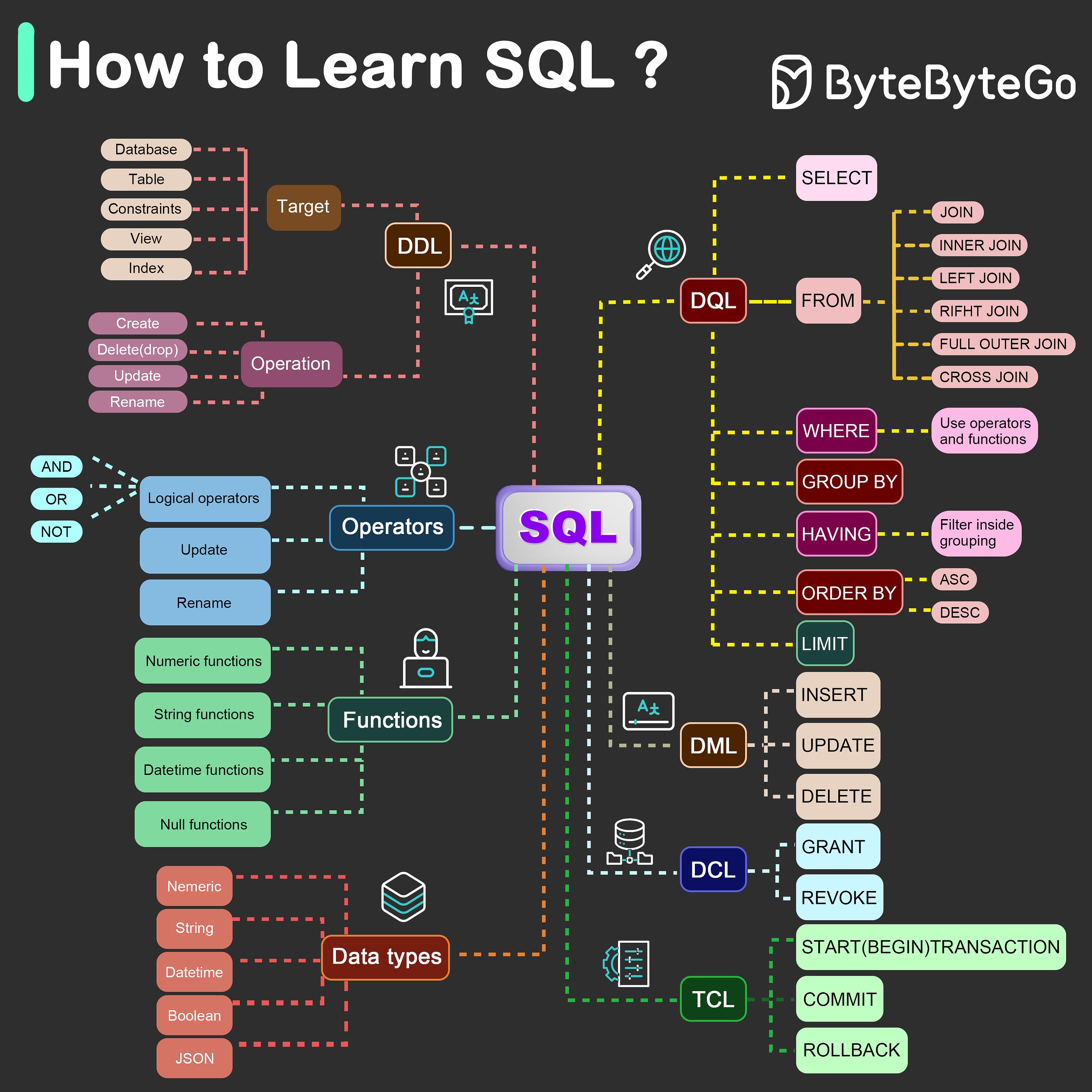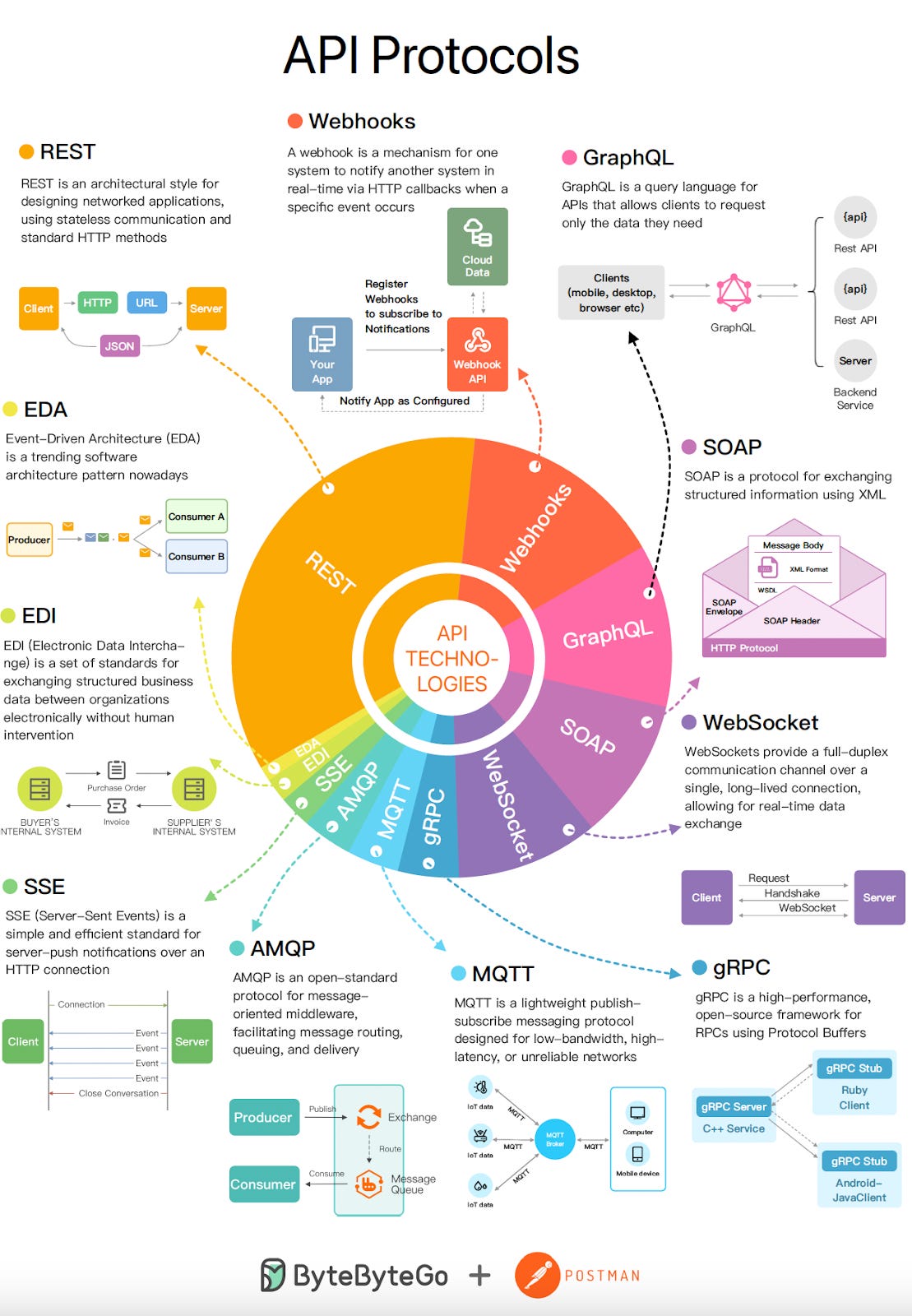- Mailing Lists
- in
- A Crash Course in GraphQL
Archives
- By thread 5189
-
By date
- June 2021 10
- July 2021 6
- August 2021 20
- September 2021 21
- October 2021 48
- November 2021 40
- December 2021 23
- January 2022 46
- February 2022 80
- March 2022 109
- April 2022 100
- May 2022 97
- June 2022 105
- July 2022 82
- August 2022 95
- September 2022 103
- October 2022 117
- November 2022 115
- December 2022 102
- January 2023 88
- February 2023 90
- March 2023 116
- April 2023 97
- May 2023 159
- June 2023 145
- July 2023 120
- August 2023 90
- September 2023 102
- October 2023 106
- November 2023 100
- December 2023 74
- January 2024 75
- February 2024 75
- March 2024 78
- April 2024 74
- May 2024 108
- June 2024 98
- July 2024 116
- August 2024 134
- September 2024 130
- October 2024 141
- November 2024 171
- December 2024 115
- January 2025 216
- February 2025 140
- March 2025 220
- April 2025 233
- May 2025 239
- June 2025 303
RE: DIA Global 2024
Wide Range of GPS tracking software products that are easy to white-label and customize for your business needs
A Crash Course in GraphQL
A Crash Course in GraphQL
Latest articlesIf you’re not a subscriber, here’s what you missed this month. To receive all the full articles and support ByteByteGo, consider subscribing: The complexity of software applications has grown by leaps and bounds over the years. This has led to a rise in the number of interfaces between various systems, resulting in an ever-growing API footprint. While APIs have revolutionized the connectivity between systems, the explosion of integrations between clients and servers often leads to maintenance problems. Even minor backend changes take more implementation time since developers must analyze and test more. Despite all the effort, there are still high chances that issues creep into the application. Refactoring the application interfaces is one way to address growing maintenance costs. However, this is costly, and there’s no guarantee that we won’t encounter similar issues as the system evolves. What’s the solution to this problem? GraphQL is a tool that brings a major change in how clients and servers interact. While it’s not a silver bullet, it can be a sweet spot between a complete application overhaul and doing absolutely nothing In this issue, we’ll explore GraphQL's features and concepts, compare it to REST API and BFFs, and discuss its advantages and disadvantages. What is GraphQL?... Continue reading this post for free, courtesy of Alex Xu.A subscription gets you:
© 2024 ByteByteGo |
by "ByteByteGo" <bytebytego@substack.com> - 11:36 - 16 May 2024

